The bars have been closed for far too long due to corona. So if you don't happen to live with a bartender, you probably haven't been able to get freshly mixed drinks in the last few weeks. Because very few households have their own home mixing equipment. Together with bartender Florian Saxinger, we will introduce you to home bar alternatives with which you can mix delicious drinks without having to buy expensive bar equipment. With a few simple tricks you can easily bridge the time until your favorite bar finally opens again in terms of cocktails and you don't have to be left high and dry.
The selection of bar equipment is almost limitless. Shakers, jiggers, bar spoons, etc. in a wide variety of designs and materials… and prices. If you want to set up your own home bar, you can quickly spend a three-digit amount on your wallet - without spirits, of course. And of course every bartender has his own personal preference when it comes to his equipment behind the bar. And so did the Austrian mixologist Flo Saxinger Bar spoons alone are worth an average German monthly salary. The cocktail virtuoso, who is now at home in the Munich bar scene, also mixes a variety of complex, top-quality drinks in non-Corona times. In order to brighten up the current bar-free time at home, you don't have to use a copper shaker to prepare one or two drinks in the evening. Together with the Flo, we are introducing you to a total of six bar tools based on three classic drinks that you can easily replace with ordinary kitchen utensils.
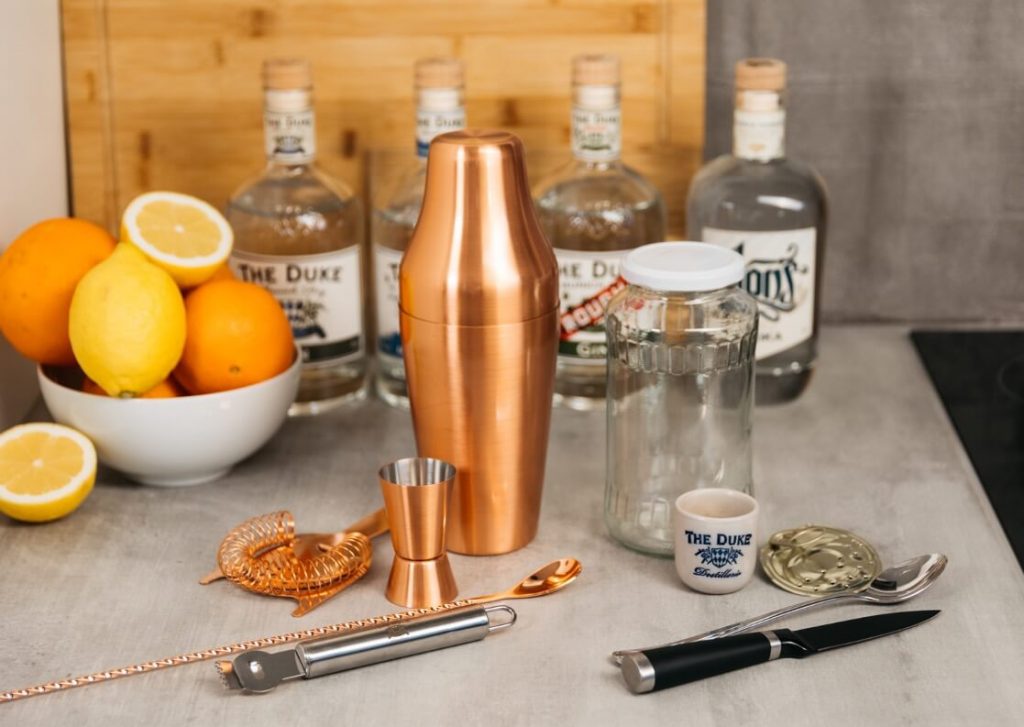
Gin Sour
Replaced Bar Tools:
- Jigger
- shaker
- Strainers
- Bar strainer
- Zester

A classic sour consists of three elements, usually in a ratio of 5:3:2 – spirit, acid and sweetness. Optionally, you can add protein and decorate the finished drink with a garnish. In our case we chose a gin sour THE DUKE Rough Gin, fresh lemon juice, sugar syrup, egg white and a lemon zest as a garnish.
As bar tools you need accordingly
- a jigger to measure the proportions
- a shaker to mix and cool the ingredients
- a strainer that holds the ice in the shaker when pouring
- a bar sieve to sieve out the fine parts, such as pulp of the lemon juice
- a zester to separate the zest from the rest of the lemon for the garnish
The jigger , also known as a bar measure, is usually made of metal and usually has measurements engraved in cl (centiliters) for quickly and accurately measuring liquids. If you are not pressed for time because a customer is waiting at the bar for his drink, you can simply use a shot glass instead of a professional jigger. These often have a calibration mark printed on them and generally hold 2-4 cl. An egg cup can also replace a classic bar measure when measuring the correct proportions.




The shaker is similar to the jigger: if you want maximum precision, efficiency and ergonomic handling, a professional shaker is essential. If you don't have to serve hundreds of drinks over the bar every evening, you can improvise here too. A larger screw-top glass also works perfectly for more complex drinks than a gin sour. It just shouldn't be too small, reasonably stable and, above all, tight. Many canned goods, such as sauerkraut jars, larger jam jars or Weck jars are suitable here. Simply add the ingredients, add ice, put the lid on and shake.
A professional strainer , with its flexible spiral sieve at the bottom, adapts perfectly to the opening of a two-part shaker and prevents large particles, such as ice cubes or muddled fruit, from being swept away when pouring. A three-part shaker already has the strainer integrated in the form of a coarse sieve. As a DIY variant for the “jam jar shaker”, for example, the lid of an opened can works perfectly. Simply poke a few holes with a sharp object and you're done. Thanks to the metal tab that you use to pull the can lid up when opening, you can perfectly stabilize the homemade strainer on the edge of the glass with one finger.


A bar strainer is very similar to a classic kitchen strainer. You can easily replace it with this in the home bar. The professional bar strainer tapers towards the bottom to prevent the drink from spilling to the side. This means you can quickly and precisely strain drinks from the shaker into the glass after shaking. If you're not in a hurry and you don't mind going a little wrong, a classic kitchen strainer will do just fine.
By the way, pouring out of the shaker with a strainer and additionally straining through a sieve is called a “double strain”.
Last but not least, we garnish the gin sour with a lemon zest. A zester helps to cut an even piece out of the peel. A classic vegetable peeler can also be used here and with a bit of sensitivity you can also conjure up a nice garnish with a sharp kitchen knife. Just give yourself enough time.




Negroni
Replaced Bar Tools:
- Jigger
- mixing glass
- Strainers
- Zester
In its original form, a Negroni consists of equal parts gin, red vermouth and Campari. To keep it traditional, we have our classic one THE DUKE Munich Dry Gin used. As a new bar tool, we need a mixing glass for the Negroni , because the classic cocktail is not shaken, but stirred. The ingredients are mixed in the mixing glass, cooled and melt water is created, which makes the drink milder and at the same time gives it more volume (liquidity). Flo has a very clever replacement that he also likes to use in his work behind the bar: a simple enamel teapot. It even has a few advantages over the mixing glass because it is usually made of glass and can therefore break more easily. The ice also remains in the jug when pouring, so a strainer is unnecessary.
Once you have stirred all the ingredients with ice, pour the Negroni into a glass with ice cubes. Whether it's a single large ice cube - as is now common in some bars - or the standard smaller ice cubes doesn't make much of a difference. Finally, cut an orange zest, wipe it off the edge of the glass and stick it on the glass as a garnish. The Negroni is ready with DIY bar tools.


Gin and Tonic
Replaced Bar Tools:
- Jigger
- Bar spoon
- Zester

The drink that most people probably make themselves at home is the Gin & Tonic. If you don't take it too seriously, you can almost do without bar equipment. If you want to make it somewhat ambitious, we recommend a jigger to find the right ratio of gin and tonic water, as well as a spoon for stirring. We have already mentioned jigger alternatives above and instead of a bar spoon, you can also use a glass straw or a long, normal spoon, such as a latte macchiato spoon.
So: measure out the gin (approx. 4-6 cl) and pour it into a glass with ice cubes. Pour in tonic water, stir, done. Of course you can also garnish with a zest.




As you can see from the pictures, it doesn't always have to be an expensive glass in which a drink is served. With a nice zest as a garnish, a cocktail also looks great in an ordinary standard glass. Because of course the eye also drinks, but homemade food tastes at least twice as good anyway.
Last but not least, we would like to thank dear Flo Saxinger very much for supporting us so actively. At this point we would also like to recommend that you visit (or actually visit a lot of) his bar as soon as it is allowed to open again. The likeable bar professional is not only great at improvising in the kitchen, but is also a full-blooded mixologist who will flatter your palate at the highest level with his recipes.
And now have fun at your home bar and hopefully see you soon at the counter of your favorite bar. Cheers!
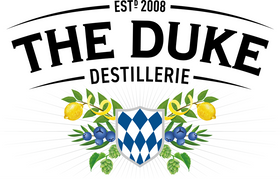
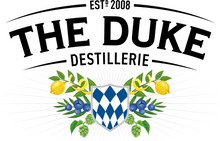









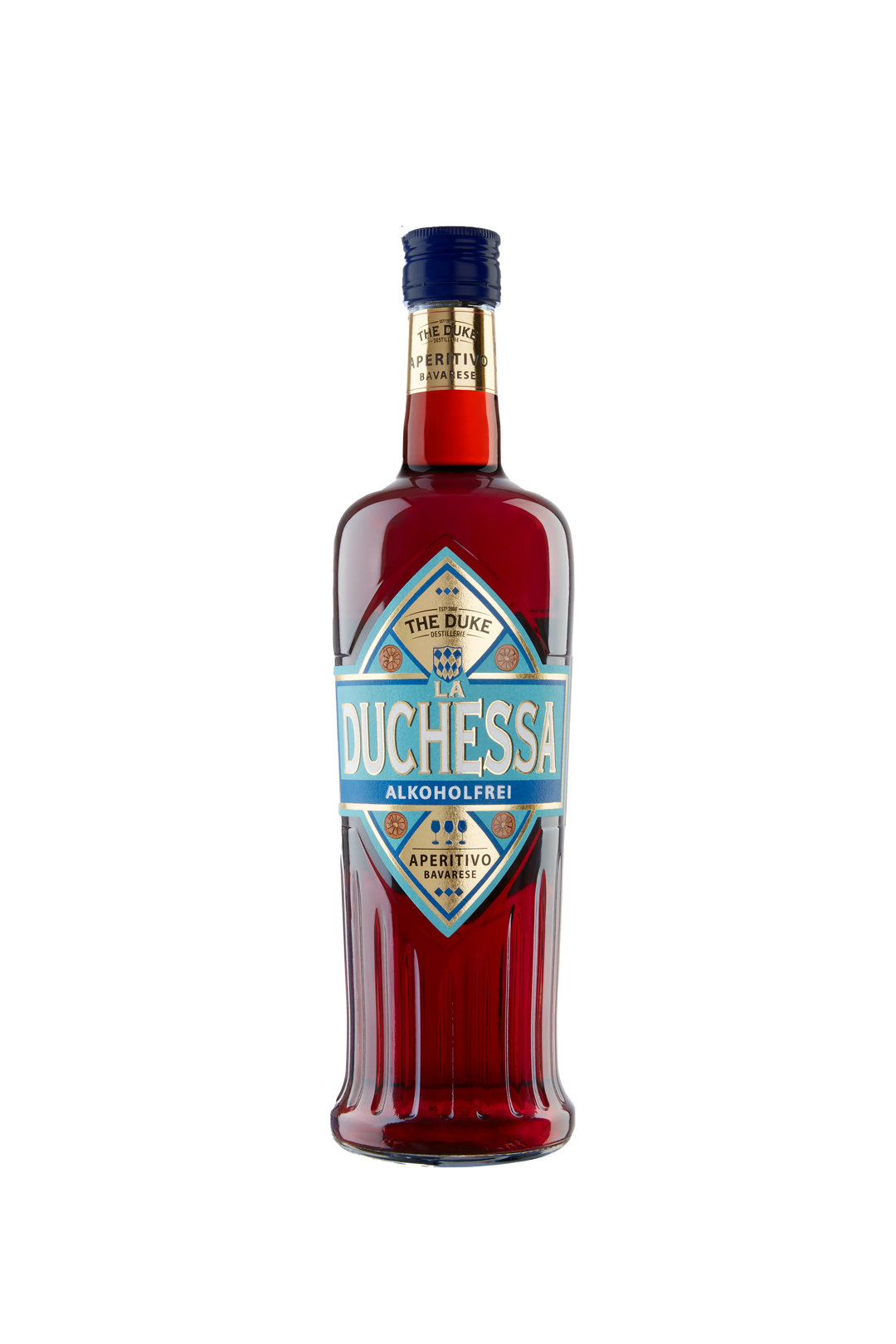
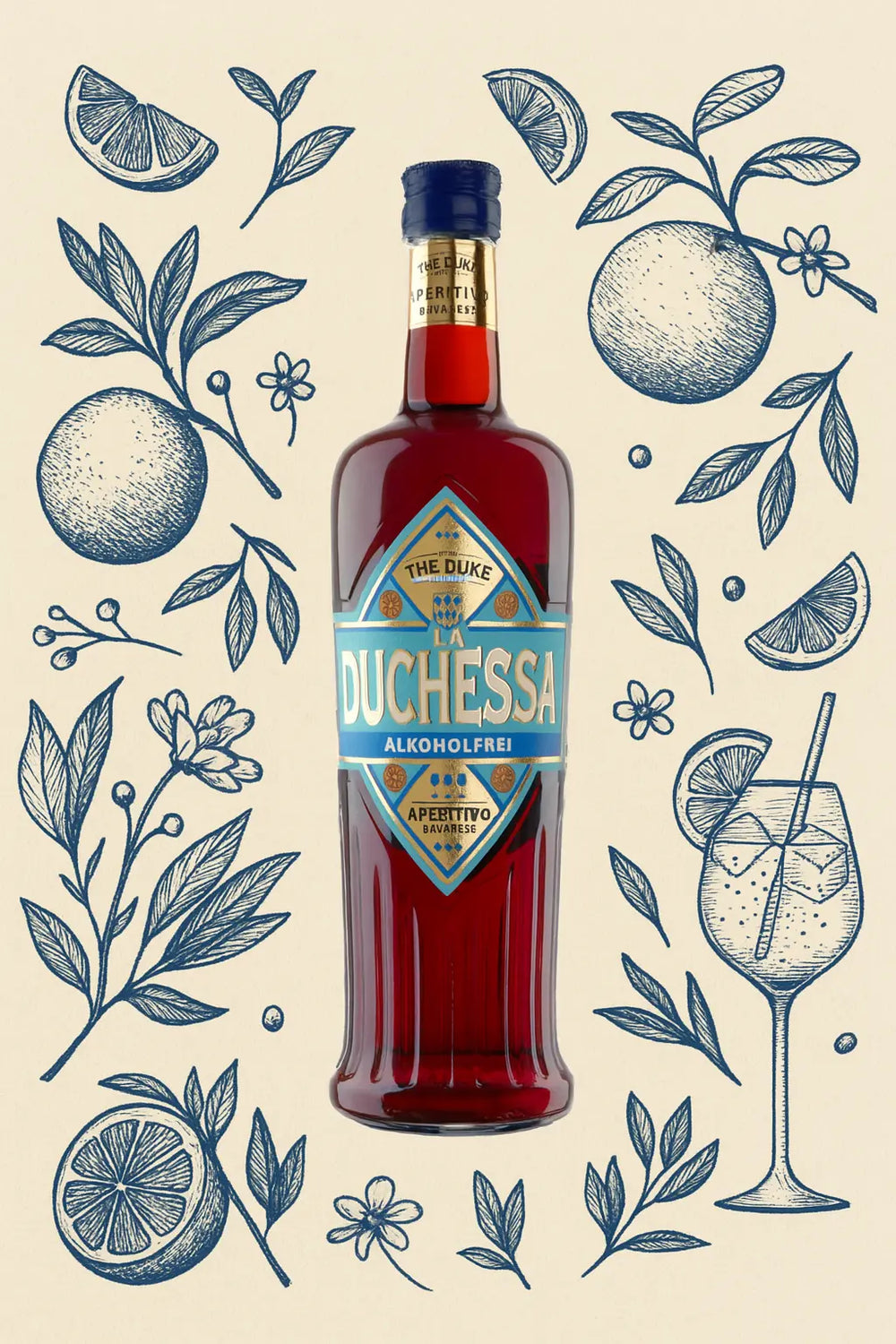

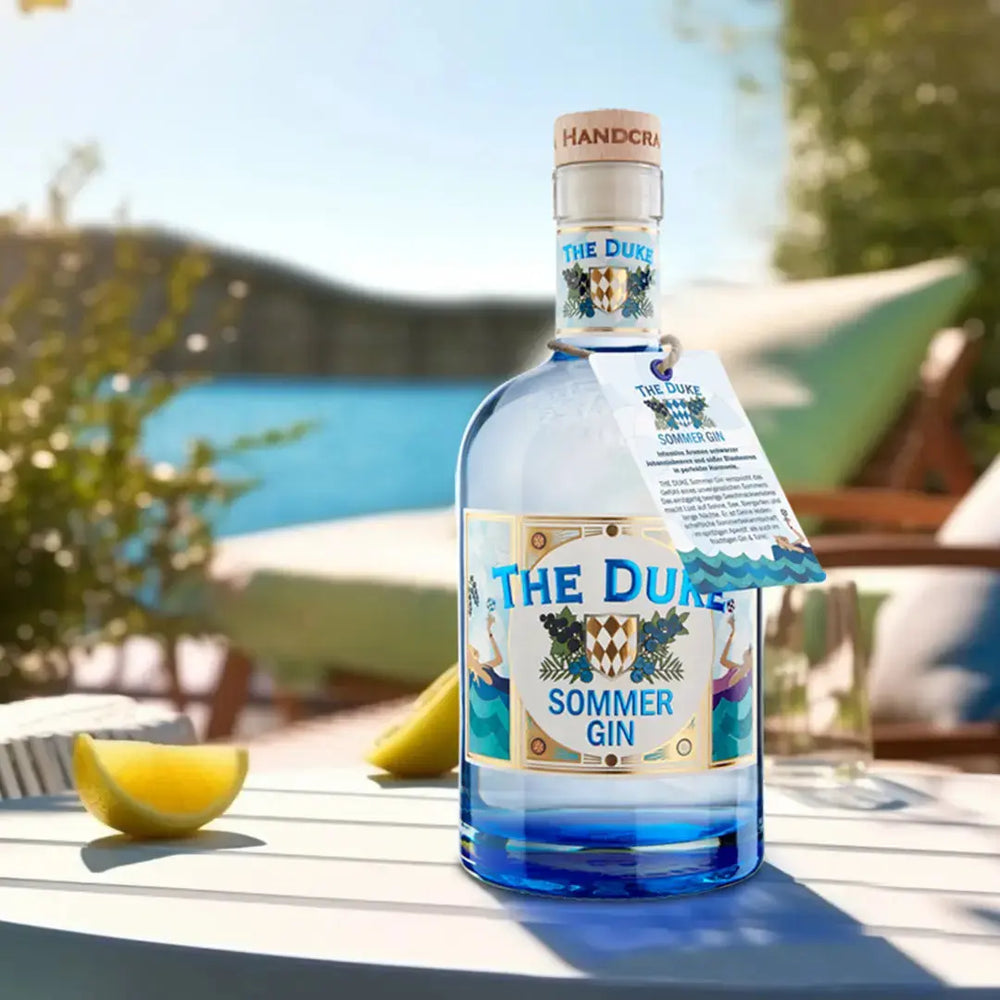

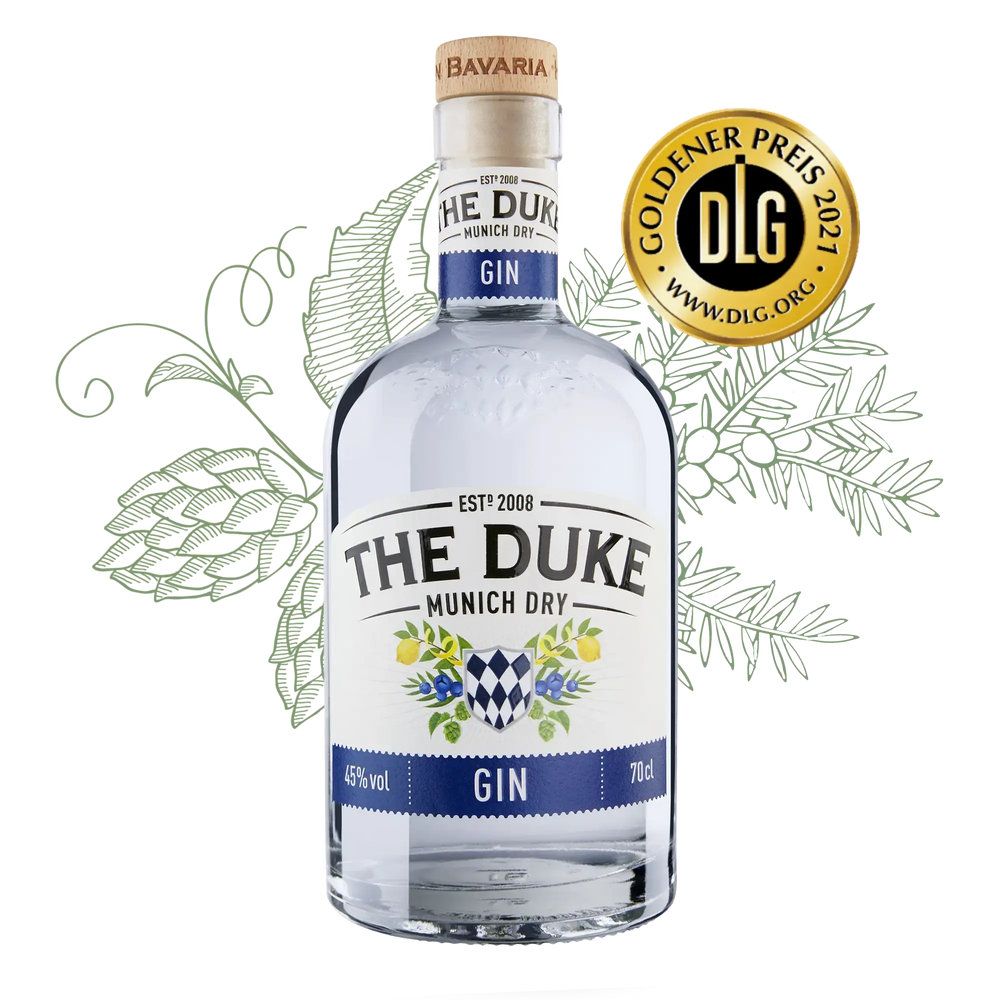
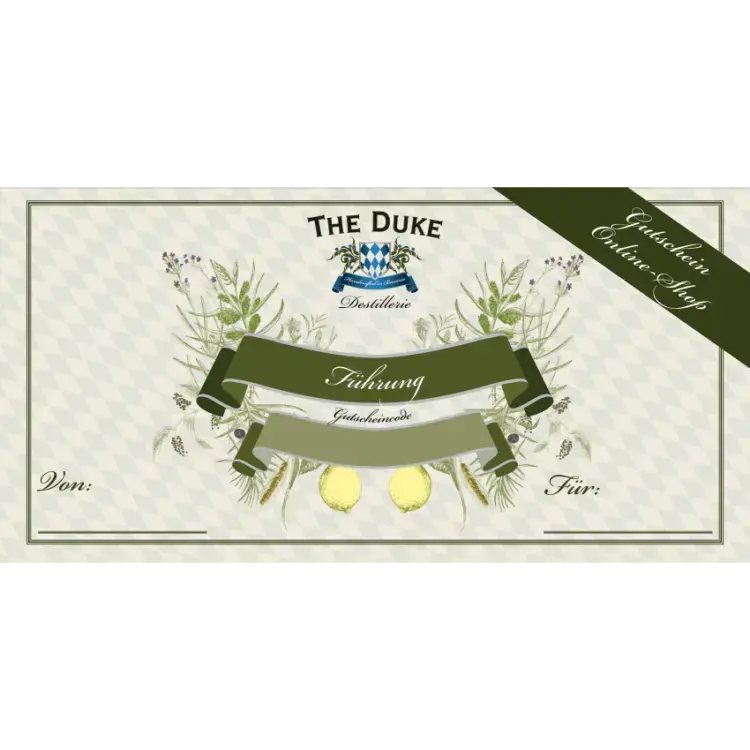
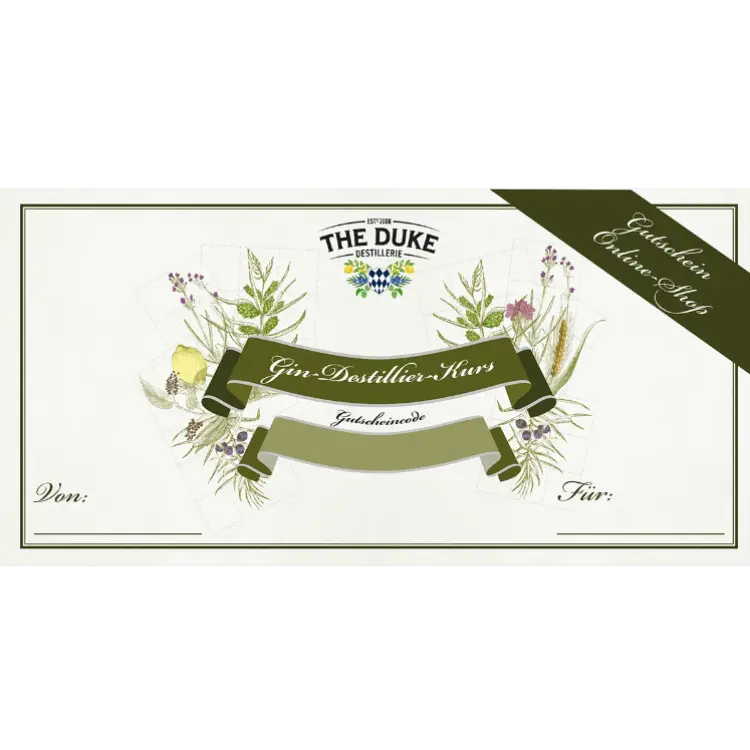

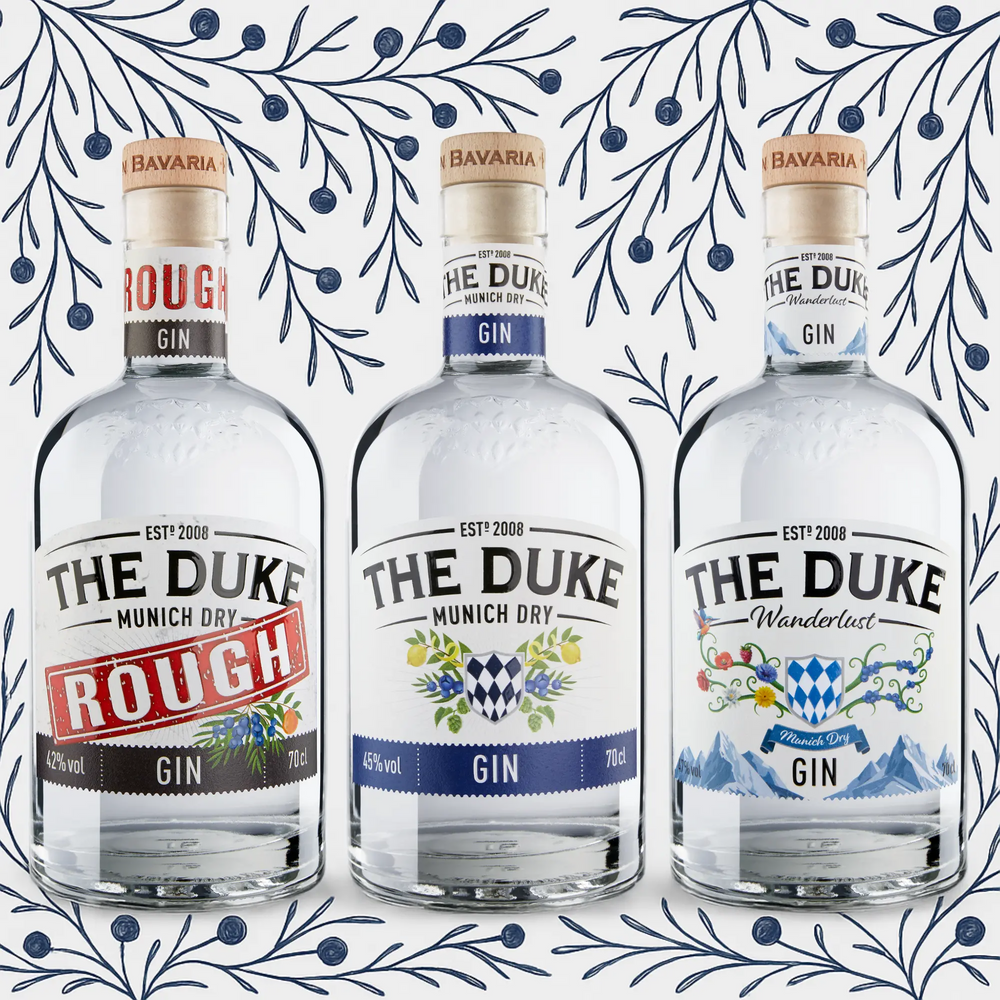



Leave a comment